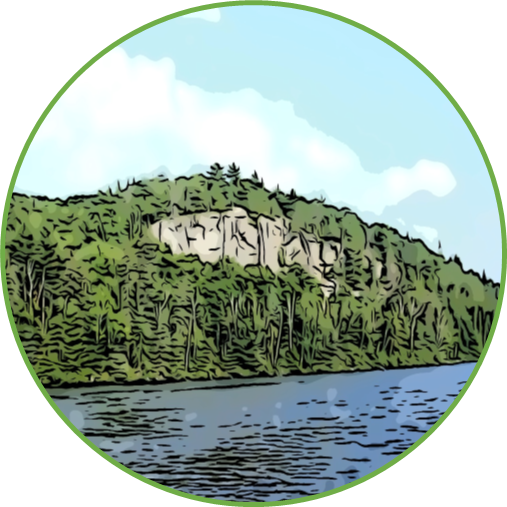September 3, 2025
Big Mink Lake In-Water Fish Habitat Enhancement Day Photos
#LakeBookChallenge #sustainability #Conservation #Canada #canadawildlife #nature
@watershedscanada
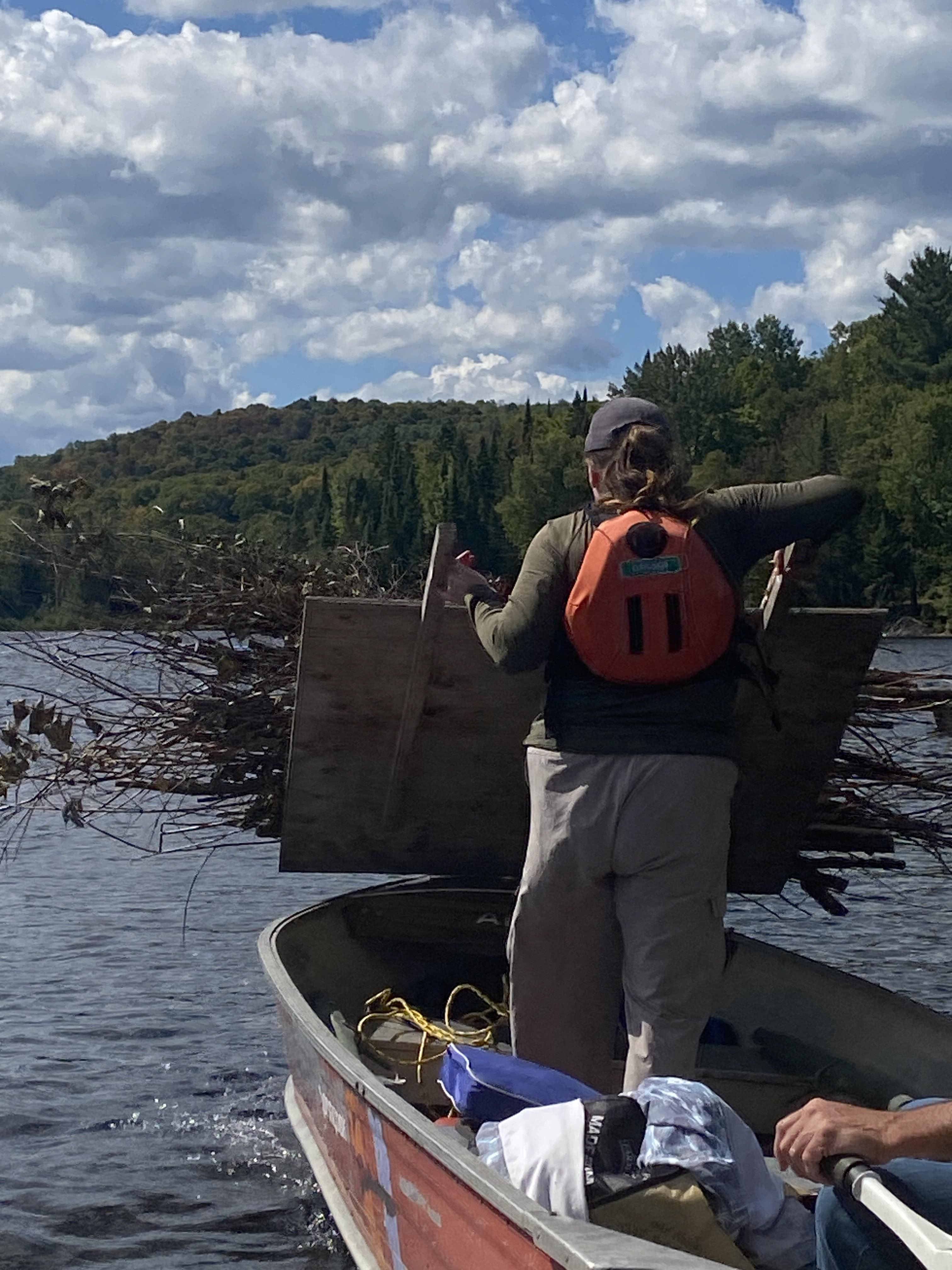
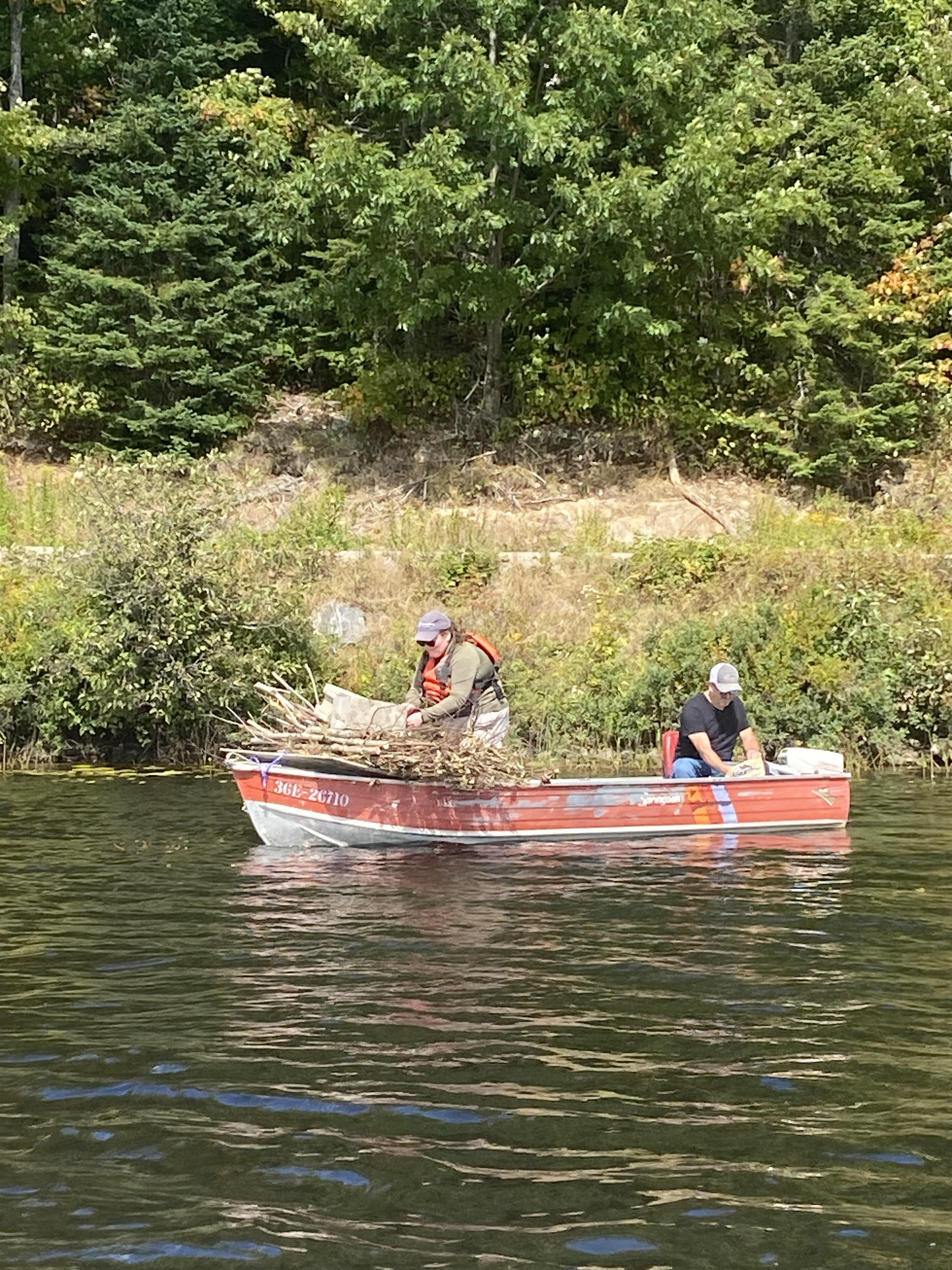
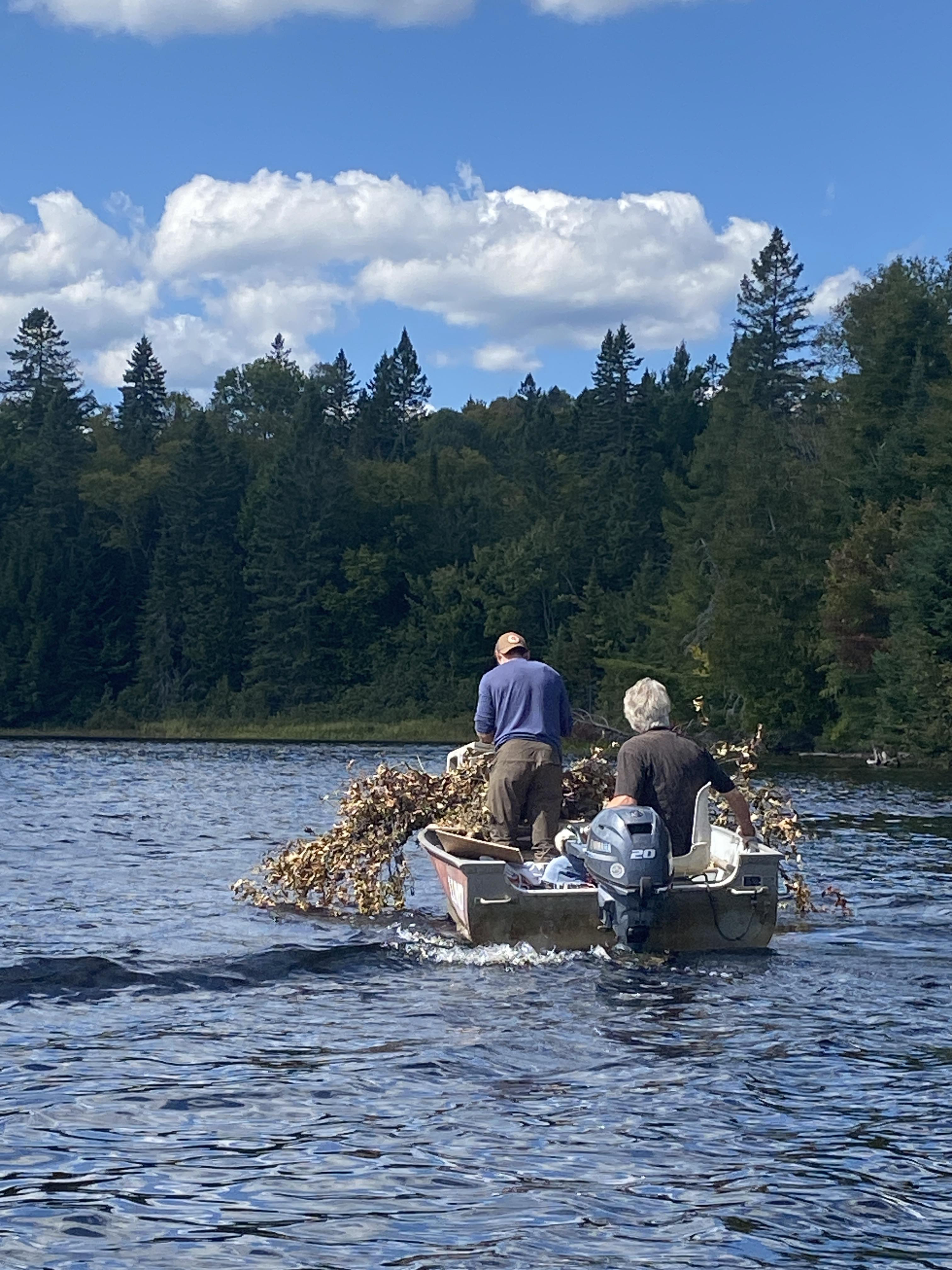
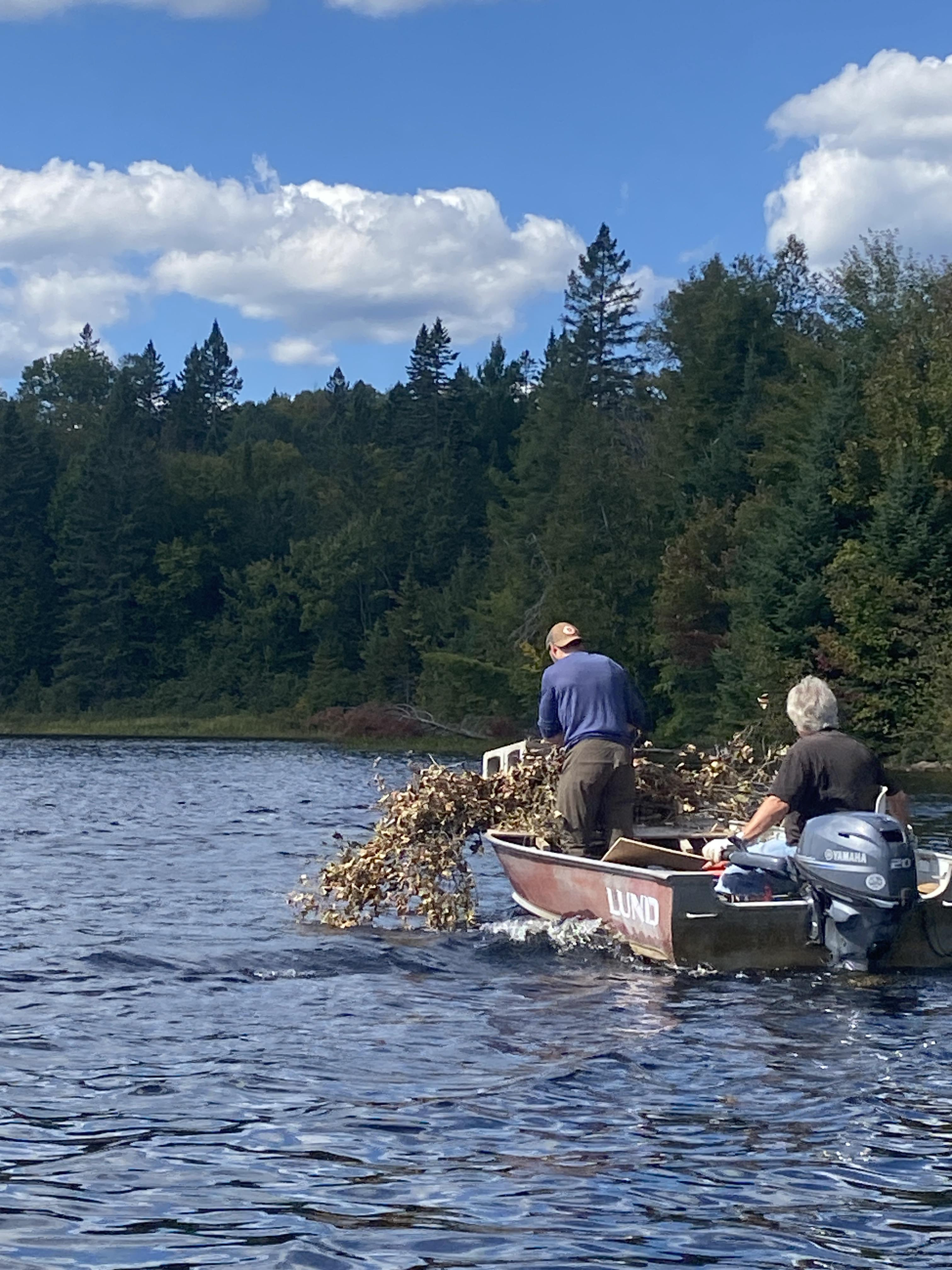
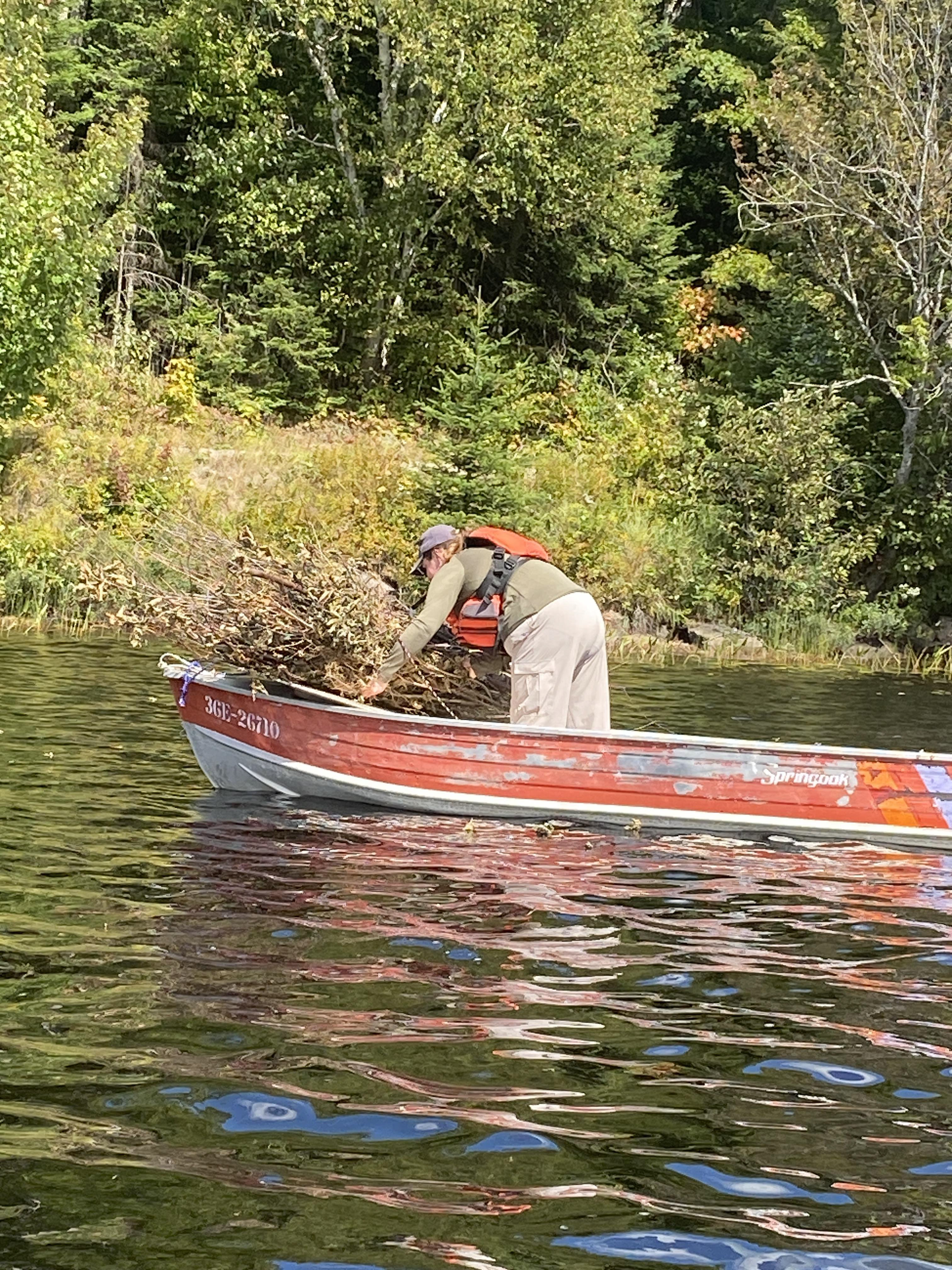
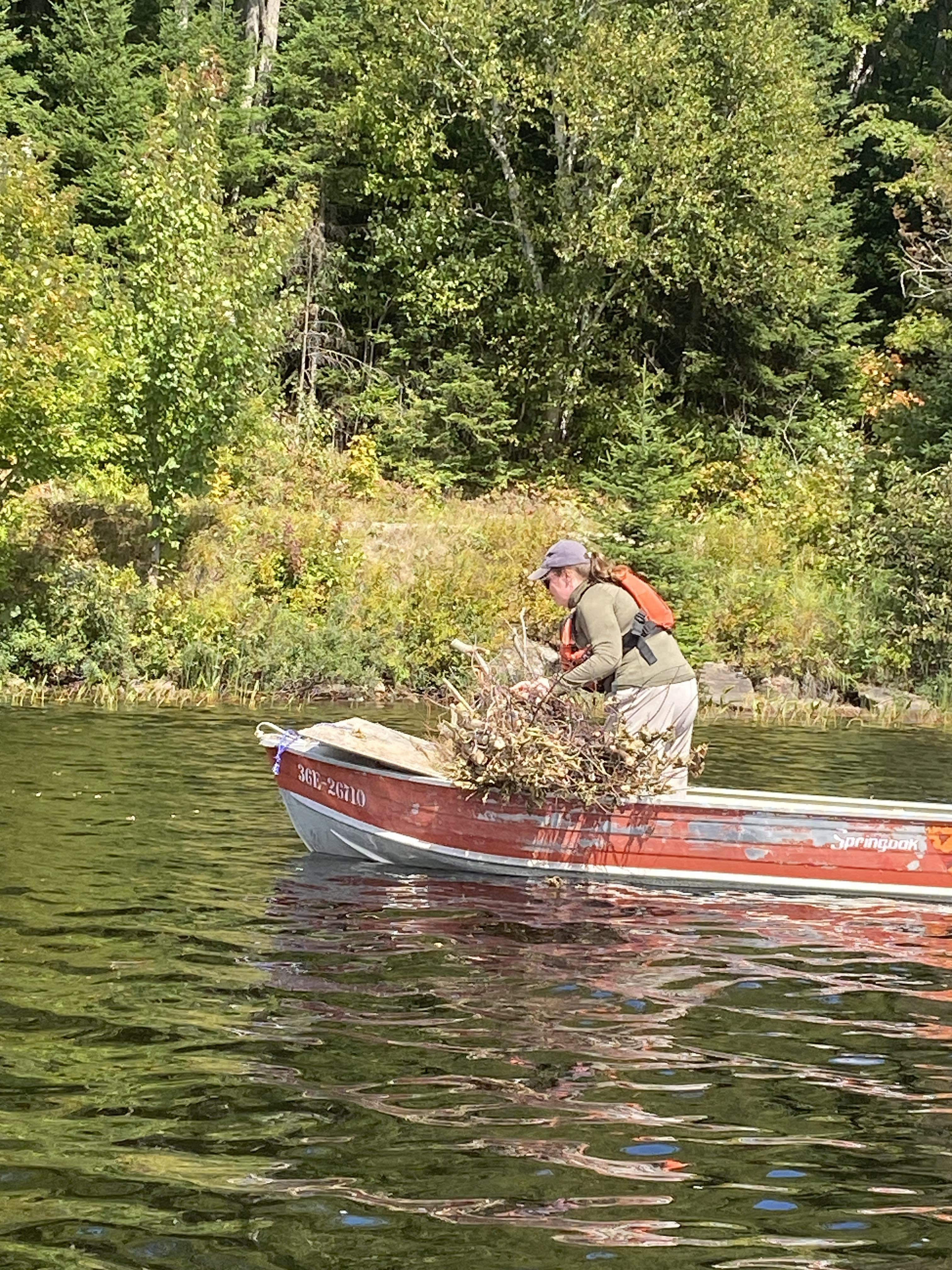
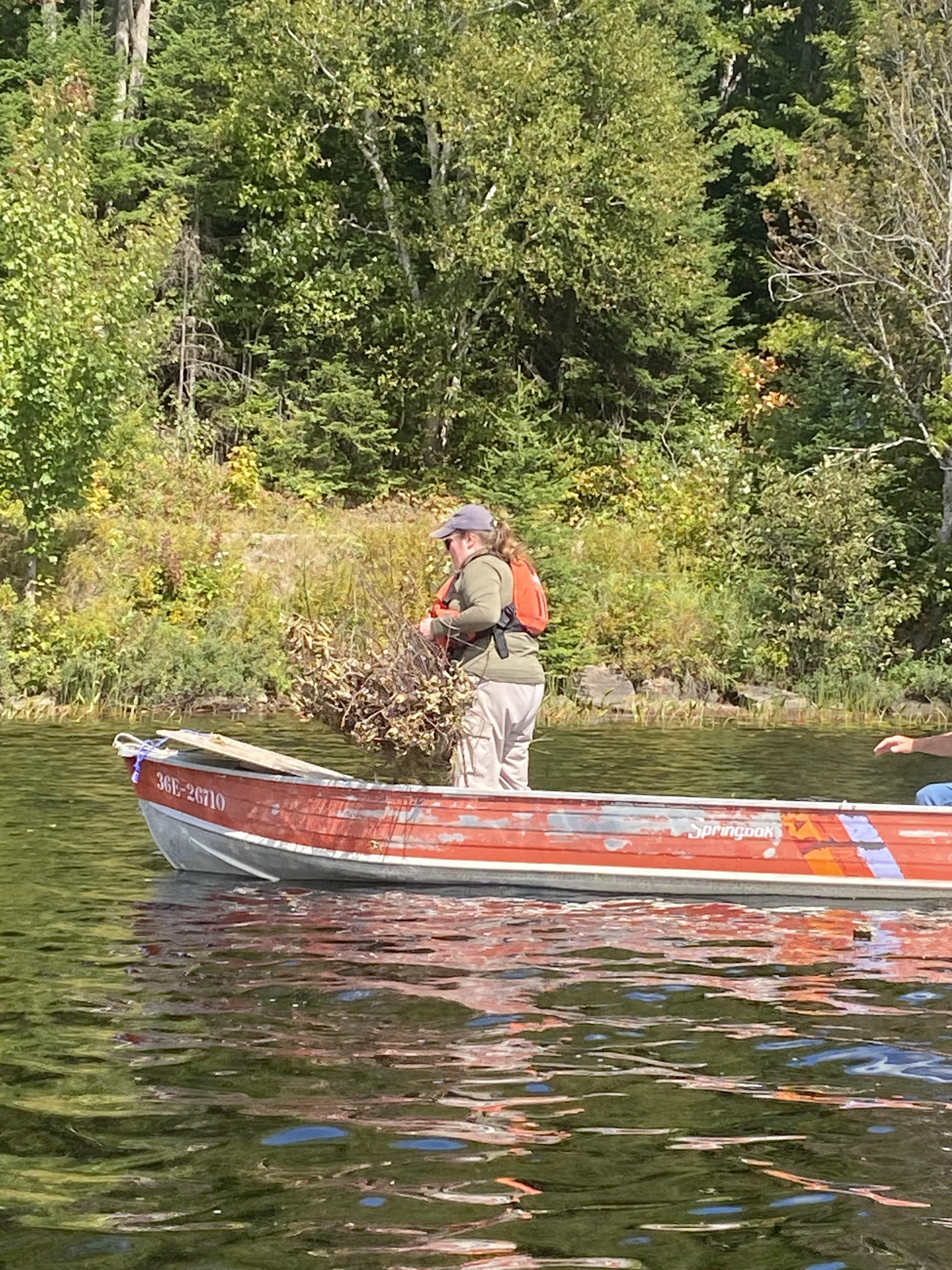
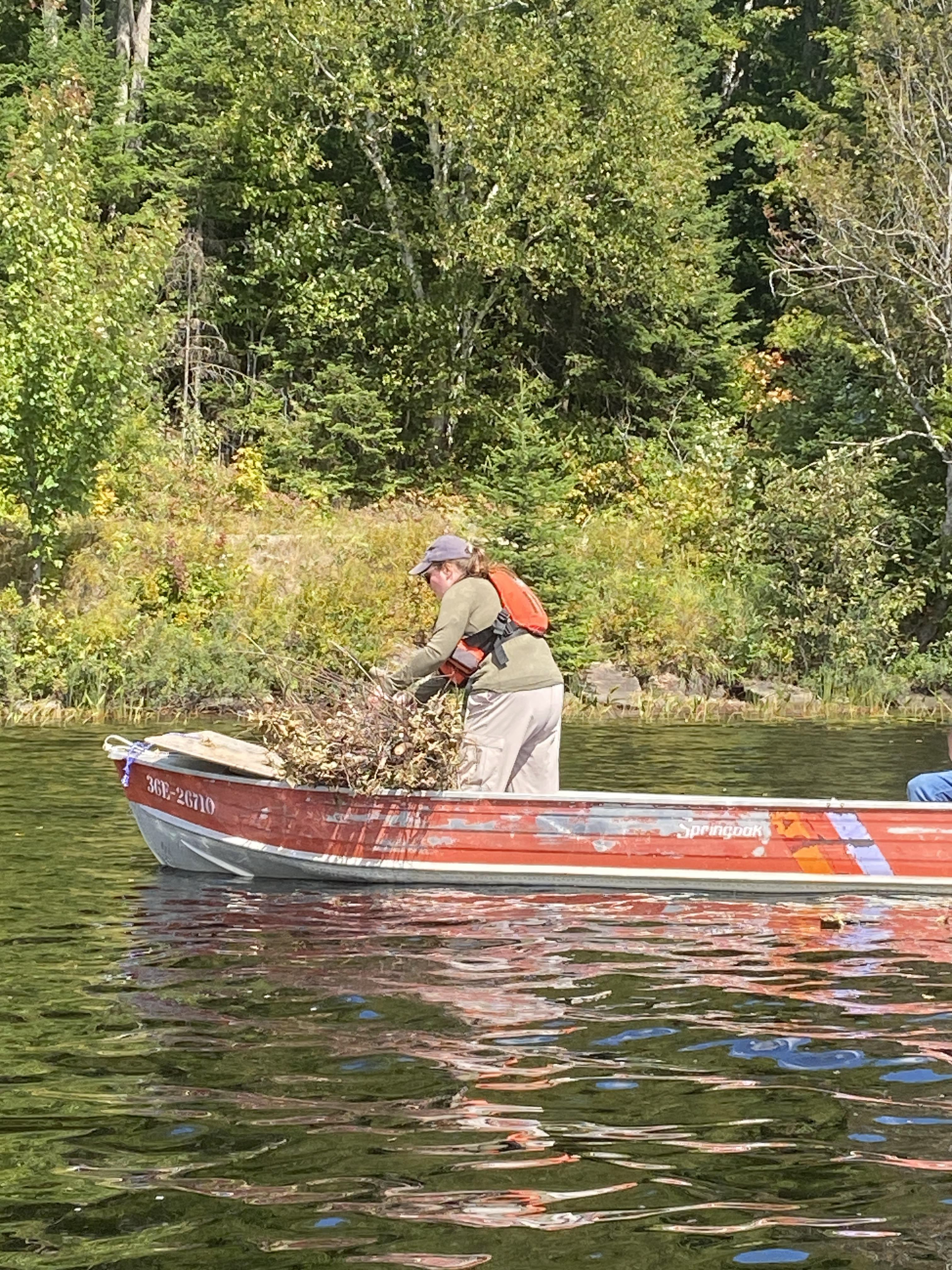
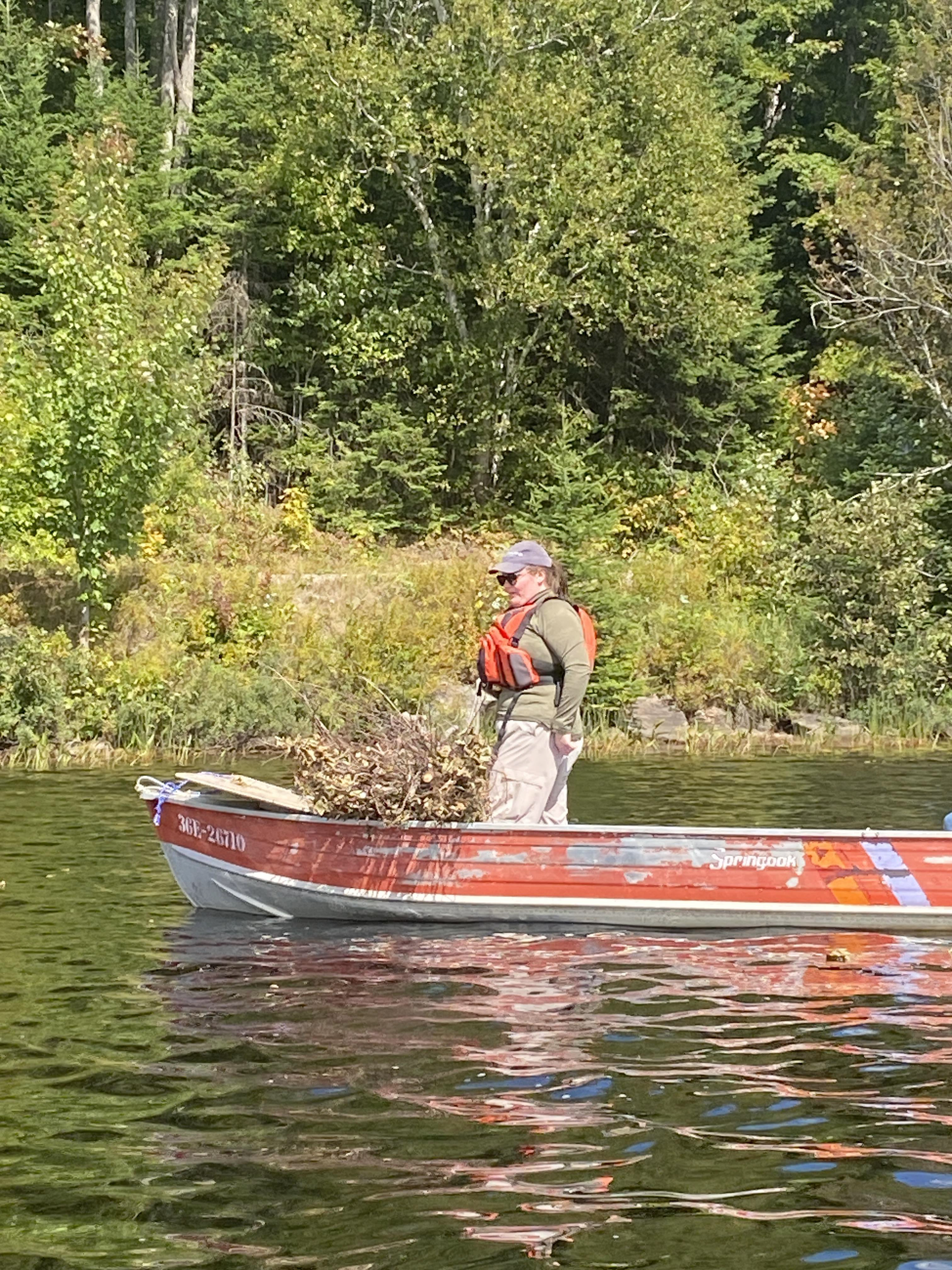
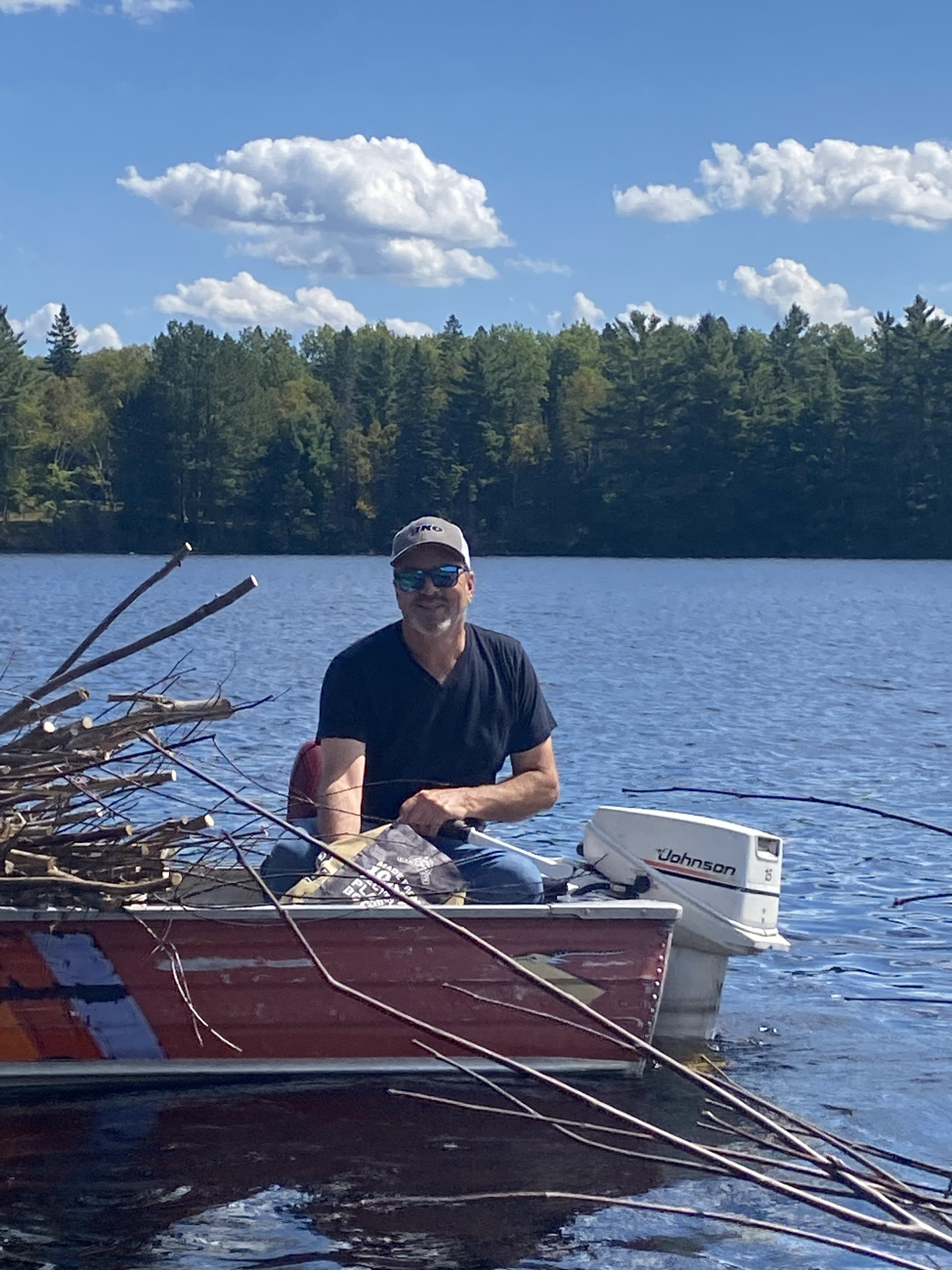
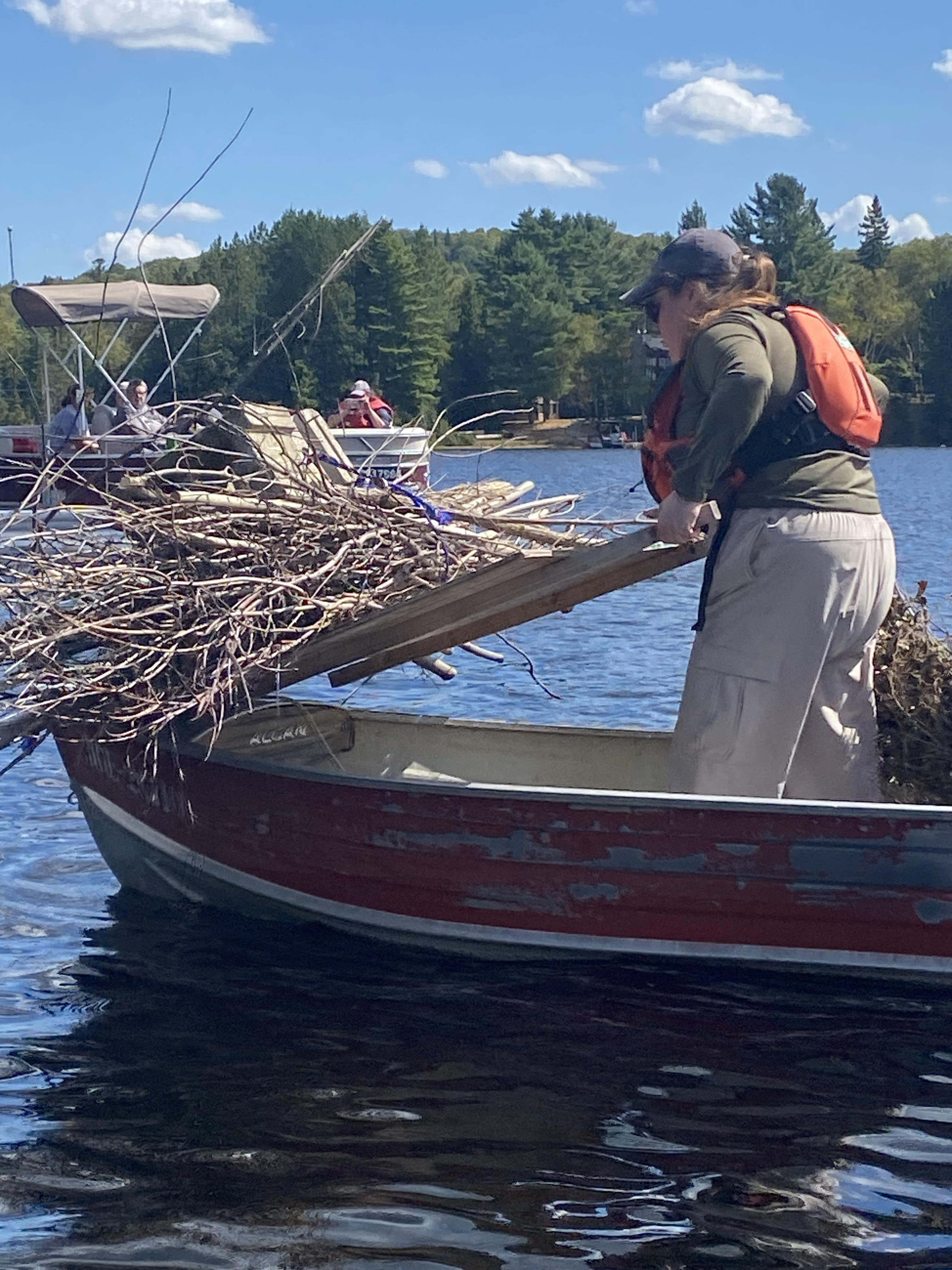
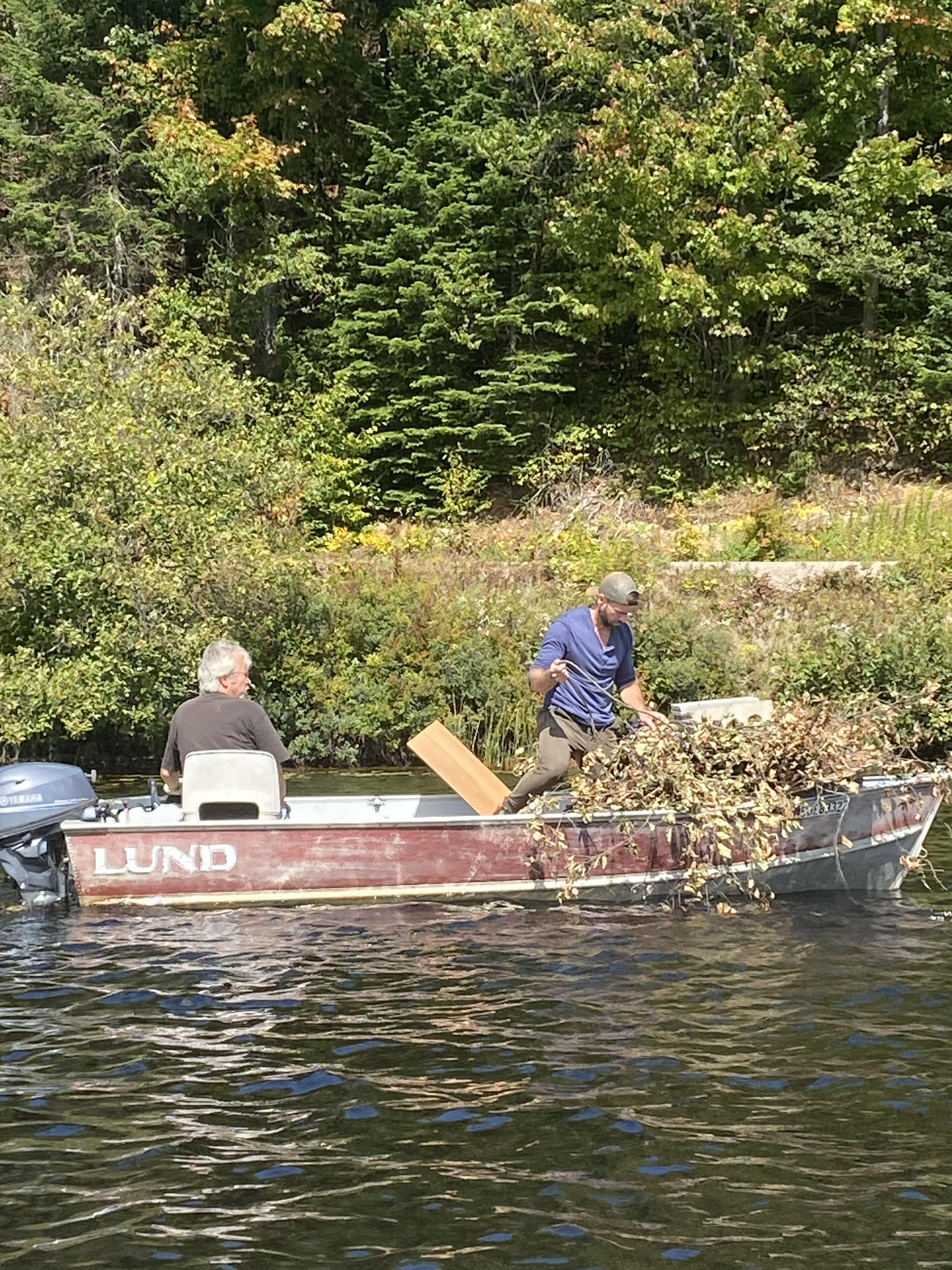
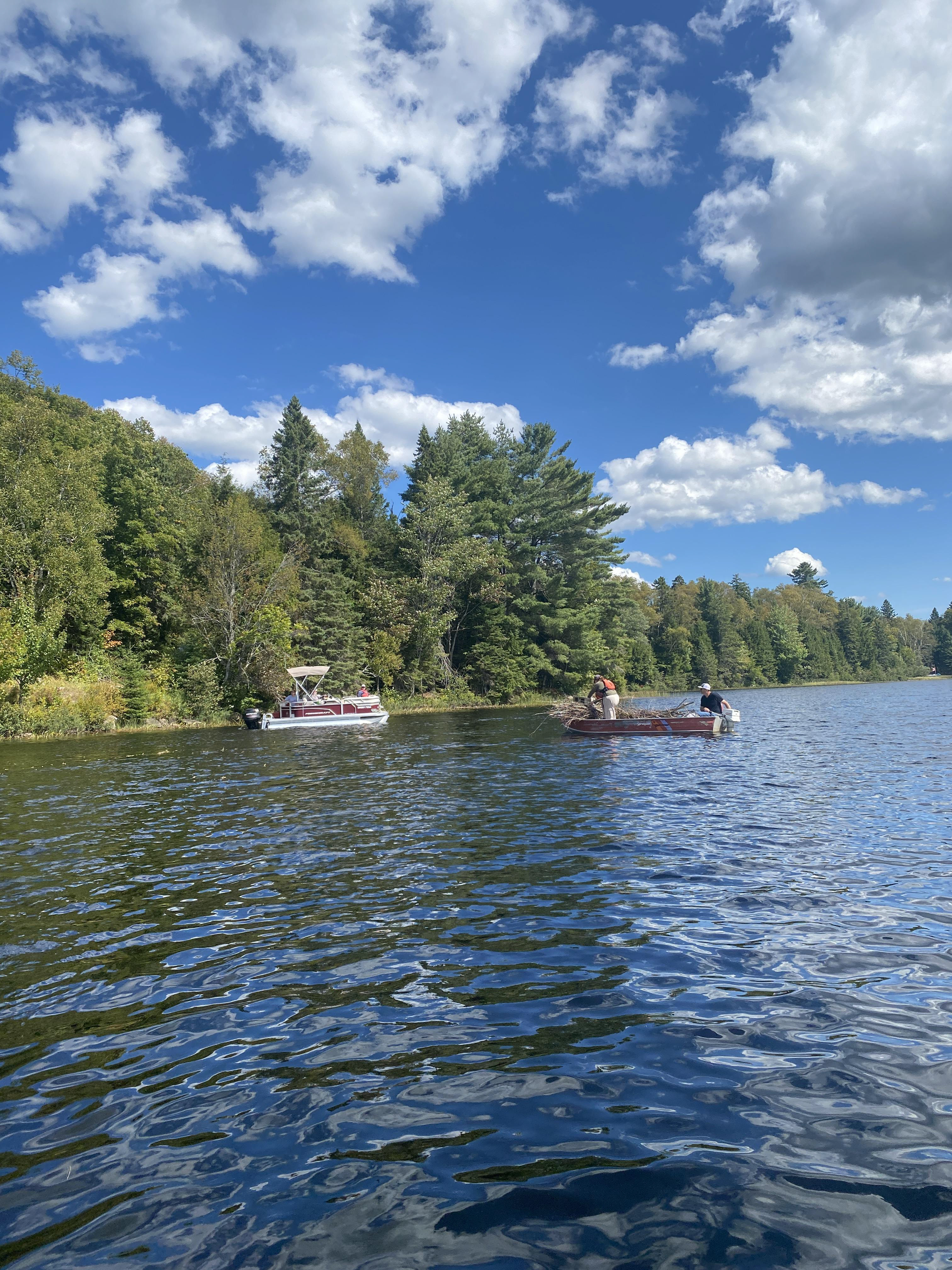
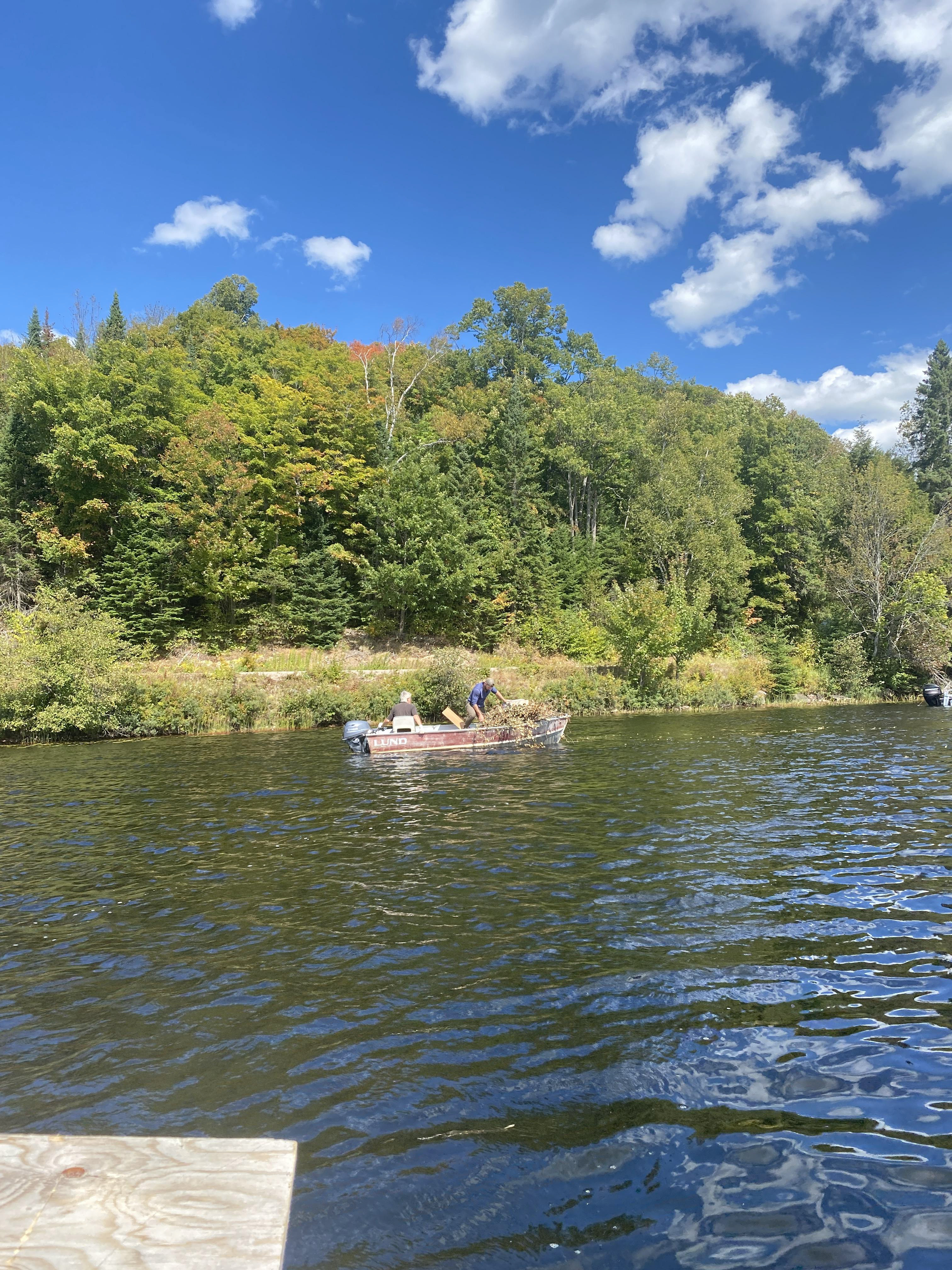

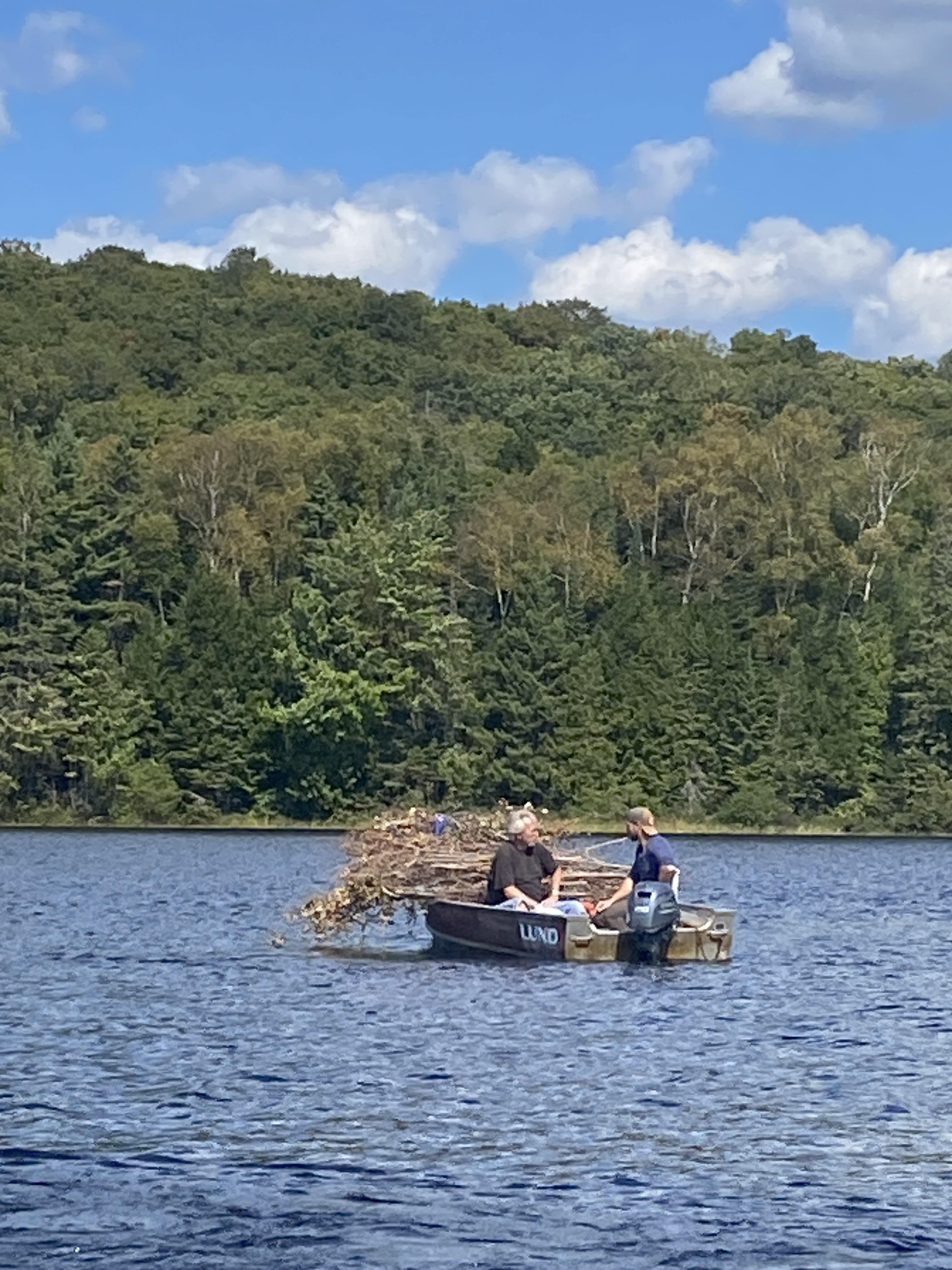
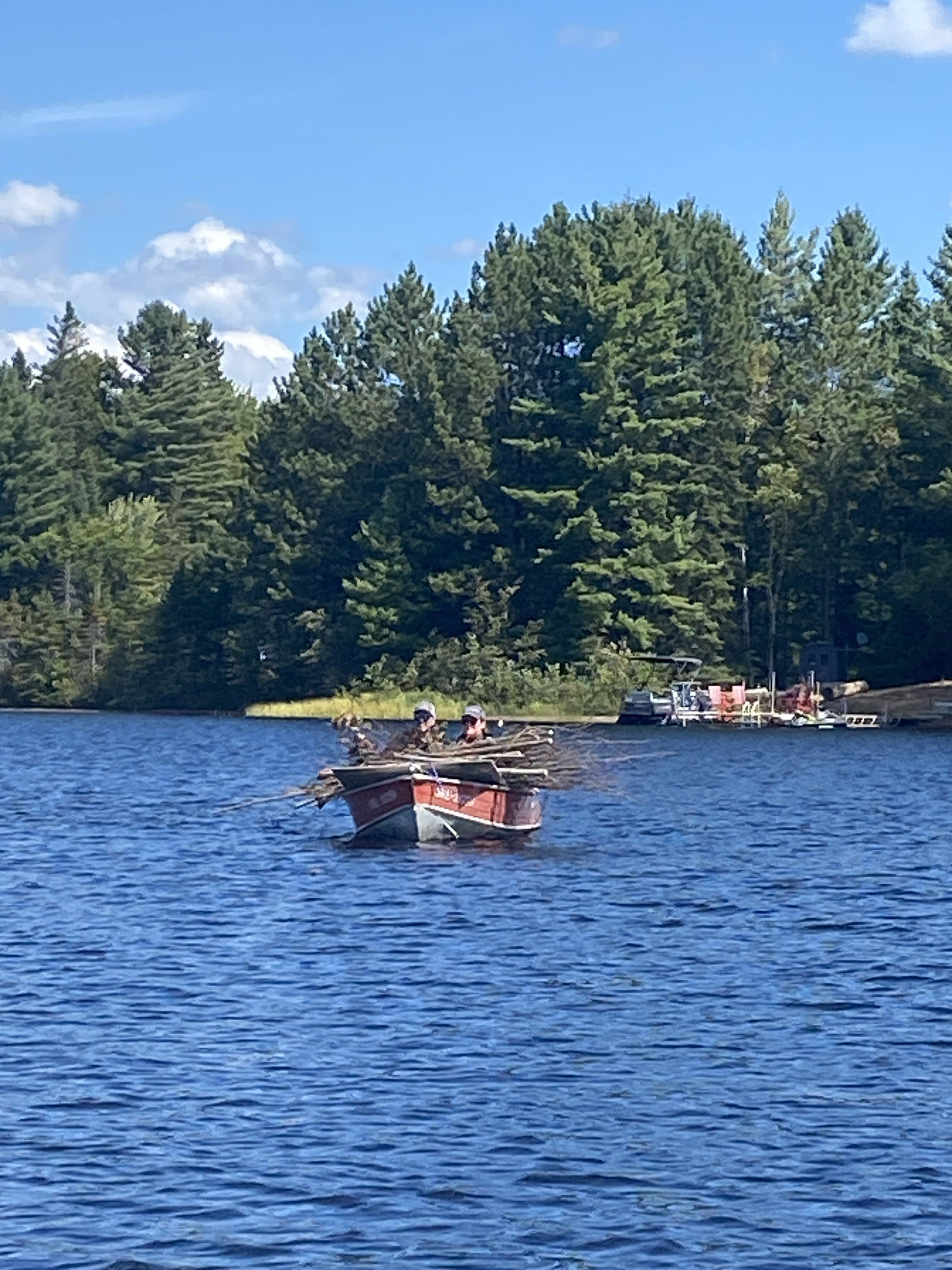
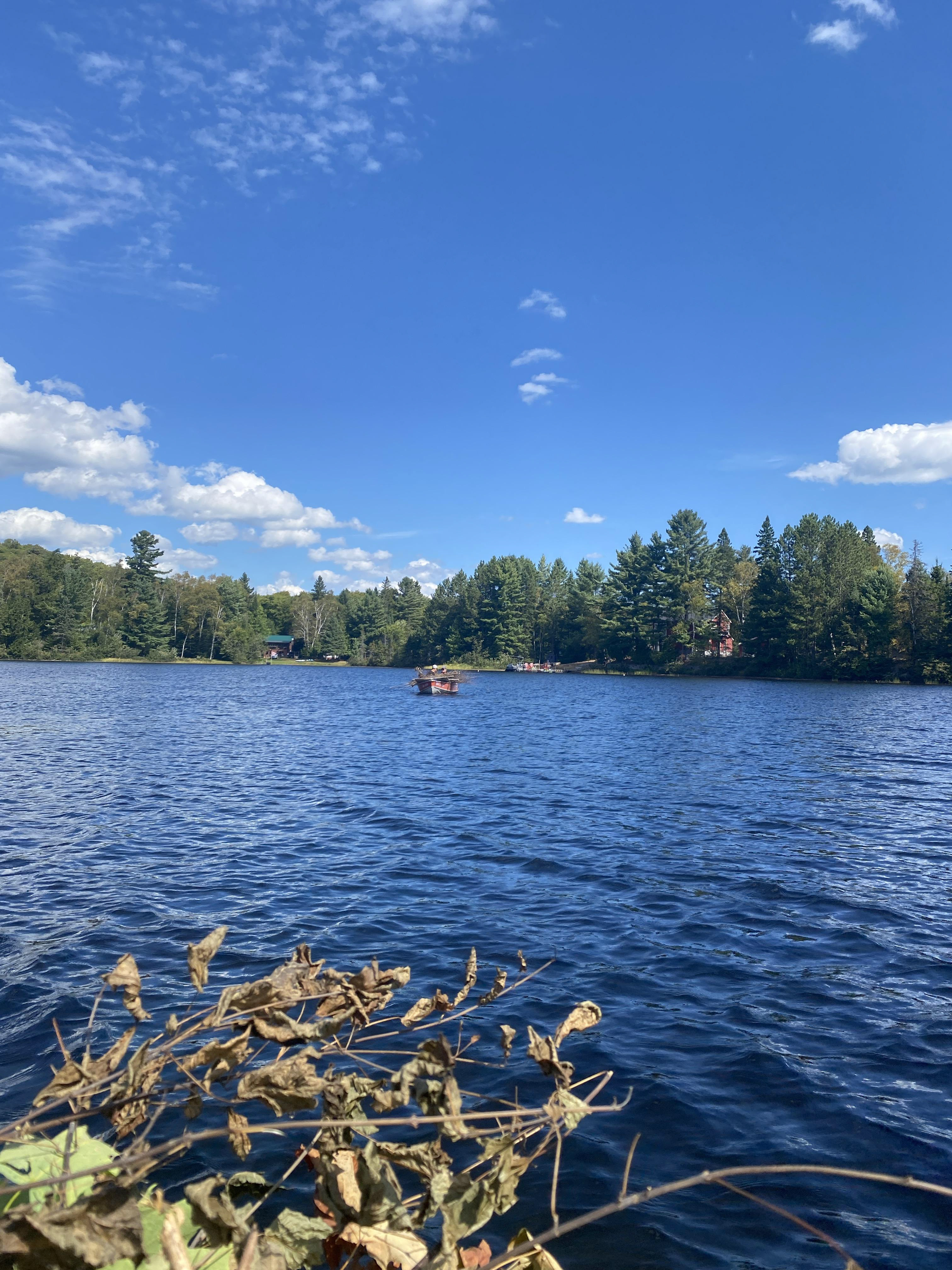
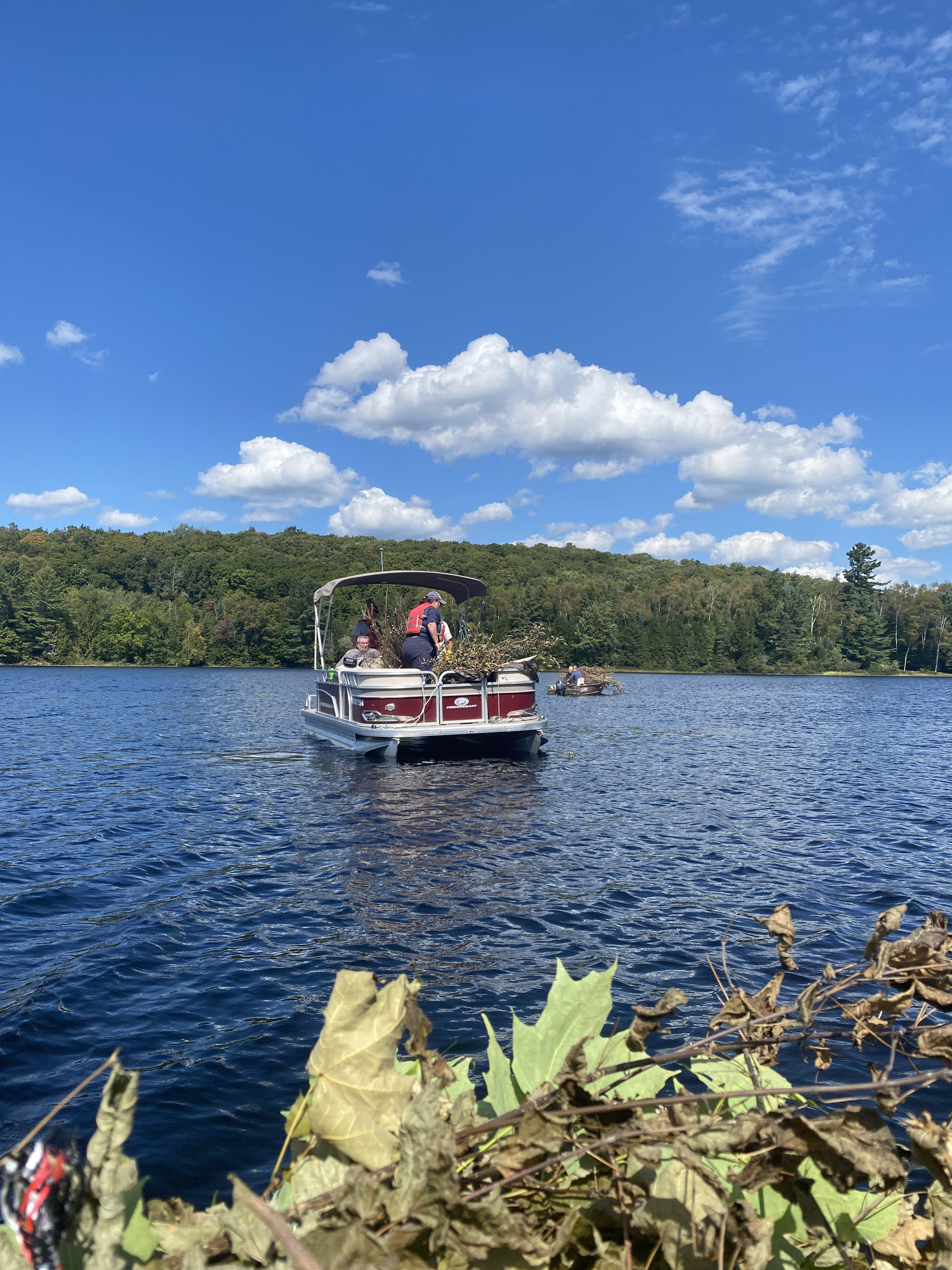
Upcoming Big Mink Lake In-Water Fish Habitat Enhancement Project
As part of our ongoing commitment to preserving and enhancing the ecological health of Big Mink Lake, the Mink Lake Property Owners Association is pleased to support an upcoming habitat restoration initiative focused on in-water fish habitat enhancement, working with Watersheds Canada.
🌲 Why Underwater Woody Debris Matters
Natural woody debris—such as sunken logs, branches, root balls, and fallen trees—is a vital component of healthy lake ecosystems. These structures provide essential habitat for a wide range of aquatic and shoreline wildlife, including:
• Fish (for feeding, spawning, and shelter)
• Turtles and birds
• Aquatic invertebrates
While beaver activity, wind, erosion, and river inflows naturally deposit woody debris into lakes, human development has significantly reduced these features. Waterfront “clean-up” practices—common among cottage owners, marinas, and resorts—often remove fallen trees, stumps, and branches, unintentionally stripping away critical habitat.
🐟 Brush Pile Installations
To counteract this loss, brush piles will be installed in Big Mink Lake. These structures mimic natural woody debris and offer:
• Shade and shelter for fish
• Protection from predators
• Spawning areas
• A source of food through increased invertebrate activity
This enhancement will support fish populations and contribute to improved water quality and biodiversity.
🐠 Trout Spawning Bed Enhancement
For lakes that support lake trout—a prized sport fish and key species in Ontario’s aquatic ecosystems—enhancing spawning beds can help strengthen their populations. If trout are present in Big Mink Lake, targeted improvements to spawning habitats may be included in the project scope.
#WatershedsCanada
https://watersheds.ca/our-work/habitat-programs/
